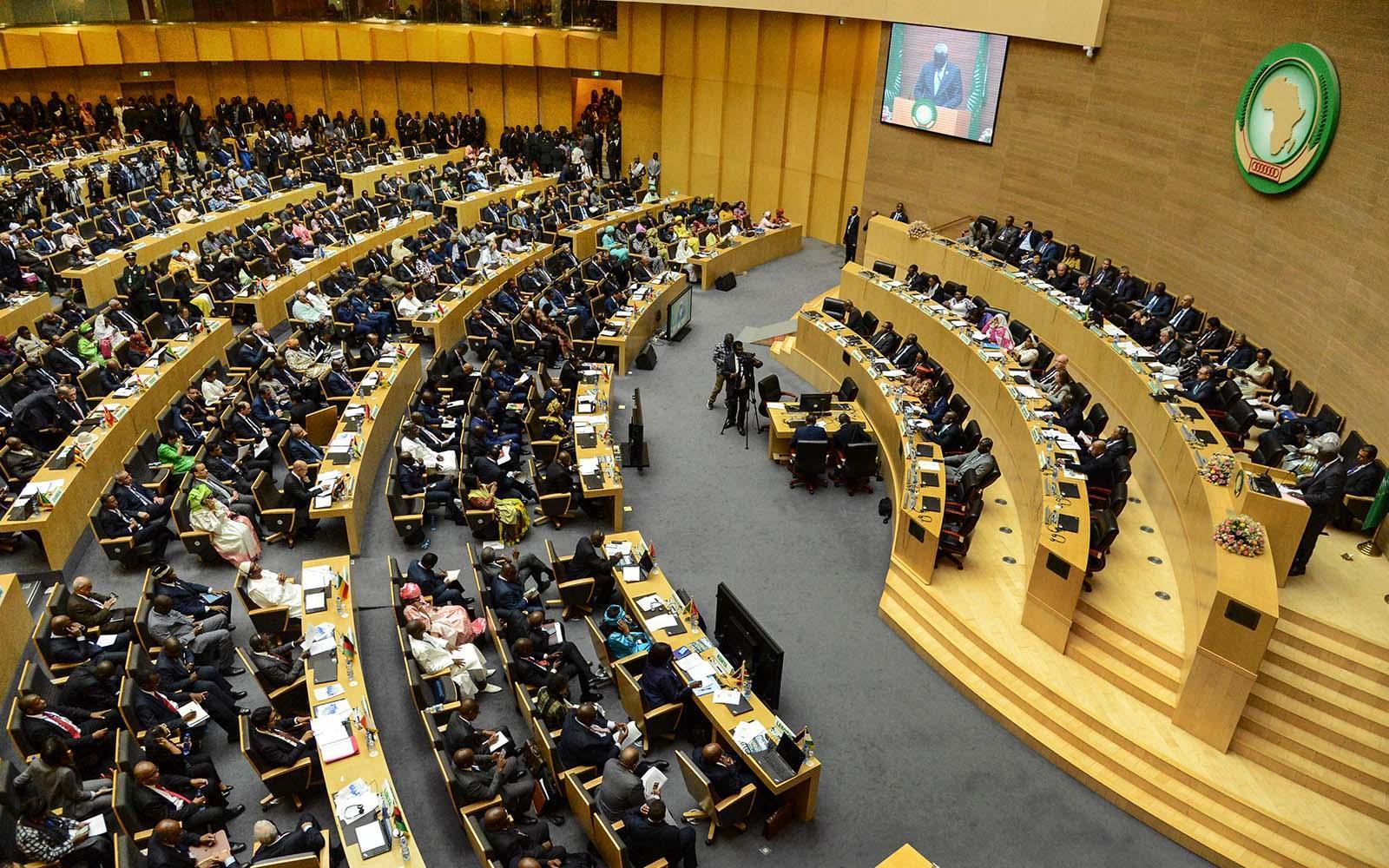Africa-Press – Angola. The African Continental Free Trade Area (AfCFTA) is a major step towards an integrated, prosperous, and peaceful continent built on diversified, industrialised and developed economies. A key goal of the African Union’s Agenda 2063, the AfCFTA promotes intra-African trade and will create domestic markets for value-added products and services, writes Samuel Oloruntoba.
Africa’s economy lacks diversity. The continent’s share of global merchandise exports has remained virtually unchanged, it stood at 1.9 per cent in 1998 and 2.5 per cent in 2018. The continent has experienced economic growth in the time, but this has been dependent on a boom in commodity prices and based on the exports of minerals.
The African rising narrative between 2004 and 2014 was largely fuelled by Chinese demand for raw materials. This overdependence on the export of commodities and minerals to countries outside the continent has increased the vulnerability of African economies to external shocks such as Covid-19 or changes in demand in key markets.
The taper these risks, Africa should pursue structural transformation of its economies. This involves diversification away from primary products dominating an economy towards offering more manufacturing, technology, and services. It also means the transition from producing raw materials to creating finished products, as well as from labour-intensive to skill-intensive economic activities.
One of the major factors stifling the structural transformation of Africa is the limited capacity of states to formulate and implement appropriate policies. Despite many previous attempts, African development strategies have been ineffective in allocating resources to more productive sectors such as agribusiness, mineral beneficiation and financial services.
Intra-Africa trade remains marginal at less than 17 per cent of the continent’s total trade. This compares unfavourably with other regions of the world such as the EU at 69 per cent, Asia at 47 per cent, and Latin America at 27 per cent. Small domestic markets and continental fragmentation limit the economies of scale for the production and distribution of goods and services.
Because of a lack of national institutional and administrative capacity the challenges of achieving structural transformation are best addressed at the continental level.
The AfCFTA and structural transformation
The AfCFTA is part of the regional integration agenda of the African Union which is focused on building an African Economic Community. Major African led-development strategies have placed a premium on regional integration as a means of increasing the flow of trade and investment and pursuing socio-economic transformation. The domestic capacity of many economies in Africa limits their ability to meaningfully negotiate with traditional and emerging trading partners. An integrated continental economy that enables African countries to negotiate as a bloc will greatly improve their leverage.
A single African market would have over a billion people and a total Gross Domestic Product of over £2.36 trillion. This will enable economies of scale, drive competitiveness, and attract significant investments to the continent. When fully implemented, the AfCFTA will boost intra-African trade by 52.3 per cent, lift 30 million people out of poverty and boost continental income by £355 billion by 2035.
The AfCFTA can foster the development of regional and international value chains, create opportunities for sharing the costs and benefits of the acquisition of needed technology and know-how by countries and firms, and nurture the adoption of internationally recognised standards and procedures. All of which will make African products more appealing on the global market.
Progress so far
Since its launch in January 2021, the AfCFTA’s scorecard shows some early wins. Through the guided trade initiative, eight countries have already started trading under the AfCFTA: Ghana, Kenya, Rwanda, Tanzania, Egypt, Mauritius, Cameroon, and Tunisia.
The guided trade initiative facilitates trade in a limited number of areas including horticultural products, pharmaceuticals, rubber, aluminium kitchenware, sugar, steel, and wooden products. These products, which are produced and manufactured in Africa are traded duty-free and quota-free among the eight countries.
Challenges to full implementation
Africa has had its fair share of development strategies at the national, regional, and continental levels. Many of these have failed due to institutional and political challenges, including a lack of political will. It is very common for African leaders to place national interests above the agreed-upon shared goals and objectives of the continent. It may be rational for sovereign states to protect their national interests but taking such action without consideration for continental objectives has hinder their success.
Specifically, there are concerns from small countries about the potential loss of import duties because of the removal of tariffs. Ongoing conflicts in different parts of the continent such as the war in Sudan, protests in Senegal and terrorism in the Sahel will also hinder the implementation of the AfCFTA.
A lack of institutional capacity at the AU and a lack of clear communication and support channels between the AU’s Division of Economic Development, Trade, Mining and Tourism and the AfCFTA secretariat pose a serious challenge to the proper implementation and smooth operation of the trade zone.
If successfully implemented, the AfCFTA can help reduce poverty and boost people’s living standards and state’s tax receipts through the structural transformation of the continent’s economies. But to achieve such lofty goals all stakeholders must be carried along for the ride.
LSE
For More News And Analysis About Angola Follow Africa-Press






